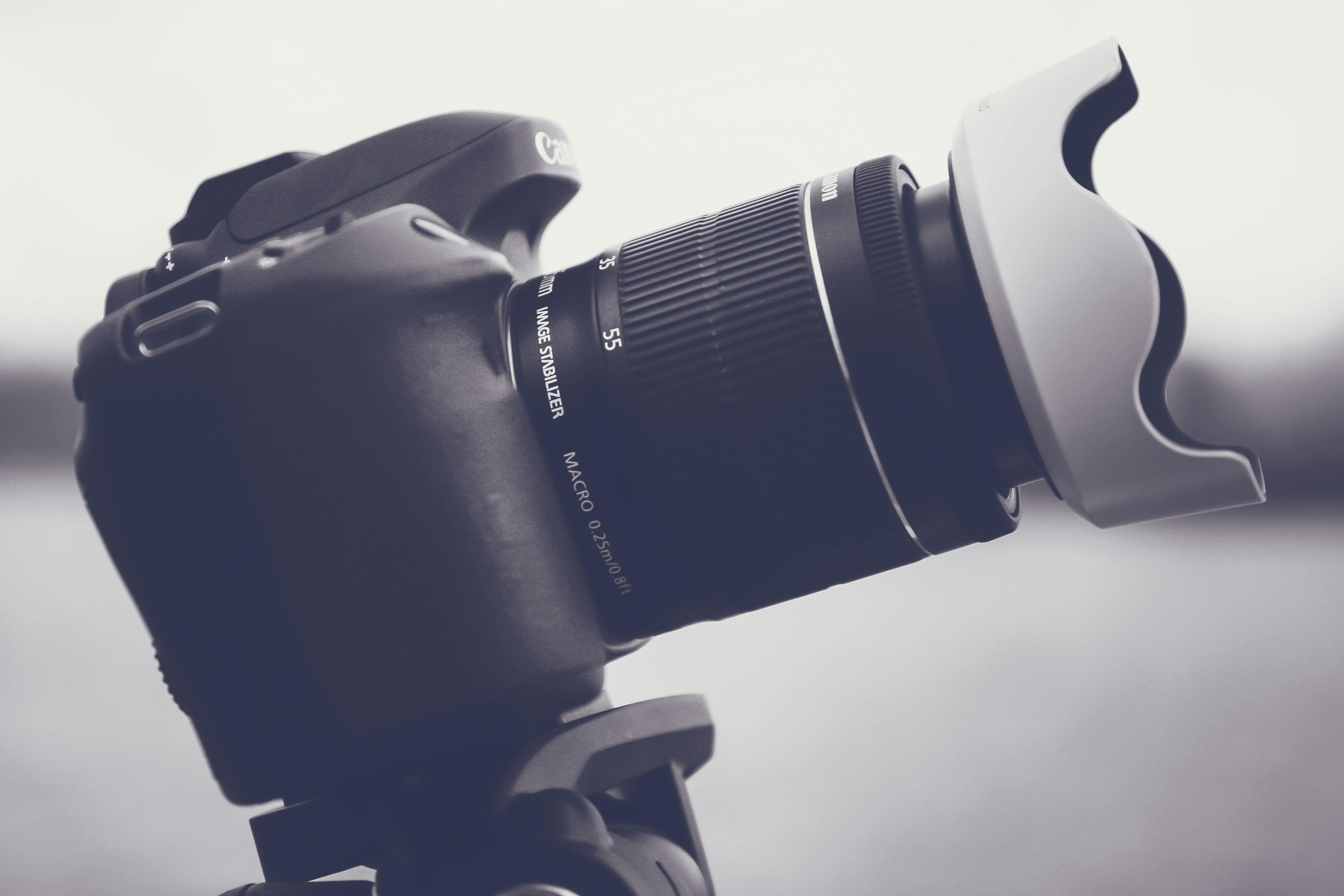Grouping, also called Mind Maps, is a great way to save space and time when journaling. For those of you unfamiliar with mind maps, you can Google the words or read one of Tony Buzan’s (the creator) books. At the end I have included the ten basic rules of mind maps.
A mind map is a powerful graphic technique that takes advantage of words, pictures, numbers, logic, rhythm, color, and spatial skills. Unlike linear notes, it allows your mind to work with expansion.
Mind maps are an incredibly powerful memory tool. While studying for my CPA exam, I created a very large detailed mind map that covered several walls in my home office. When I was taking the test, I could close my eyes and see the mind map and go straight to the answer.
We both know that a picture is worth a thousand words. In Mind Mapping, you can use a word to activate a set of memories or you can draw a drawing (art doesn’t matter) that represents a story or memory for you.
You can use mind mapping or clustering techniques to record a single event or an entire day of events. If you are working on time management, you can also use a mind map to keep track of time and tasks. For this, you’ll want to rotate the paper landscape, add a central image, like a clock, and use the branches that point in the same way as the clock time: noon or midnight would be up, one o’clock slightly toward the right. midnight, etc. The sub-branches would be a word that represents your focus or task during that time.
After attending a personal development event or that evening, I like to reflect on my experience by drawing a map from what I remember. This is a great way to transfer my thoughts from short-term memory to long-term memory. If I took notes, I choose a word or picture that represents each of the branches for each area. When I remember a thought that doesn’t connect clearly, I record a trigger word from what I remember along with a question mark just before I go to sleep. In the morning I have the answer or a complete image that is based on that Map. Sometimes the morning also brings additional ideas or fuel to think about.
By keeping your maps or clusters in your journal, usually all in one place, you can quickly review previous maps to develop. Since the maps provide a master aerial view, it is easier to see how the dots connect: the aha moments or the unmasking patterns. They stand out more easily than in linear notes.
Maps also shorten journaling time. What normally took pages or an hour in linear writing now takes 15 minutes.
Being creative and having fun with this technique is important to the experience. Mapping encourages the use of colored pencils, pens, and the use of pictures instead of words. My drawing skills haven’t improved since third grade, but after a few hundred crooked planes, I can now draw them from various angles. But I still stick with the stick people.
Ideas count too. Ideas always occur during our writing. We are writing, an idea comes up and we have to try to keep it on the edge of our mind or record it somewhere quickly before it gets away. Start a map on a new page, place the idea in the center of the page, then come back to finish writing. You will see your mind go in and out of one to the other as you continue to write.
Of course, Maps and Clusters have many other uses, such as brainstorming (alone or in a group), research, reading, studying, or memorizing. Therefore, the technique is worth learning. I use them for just about everything, including the three books I’m working on right now.
Basic rules for mind maps:
1. Side blade.
2. Pencil or computer
3. Select topic, problem or topic and purpose.
4. Begin in the center of the page.
5. Use color to activate memory. Each separate main branch has a different color and each subbranch of that main branch remains with the color of the branches.
6. The branches closest to the center are thicker.
7. Each idea starts a new branch.
8. Use pictures to express ideas whenever possible.
9. The image or word must be on the line and in print.
10. The line must be the same length as the image or word.
You can also keep a separate map journal. Every few years I remember buying a newspaper for that purpose. One of my favorite map diaries is Bienfang’s Note Sketch Book. You can order them in many places on the web. Our local Staples store usually has them in stock. They are different because the top of each page, about three-quarters, is blank and ready for your map. While the bottom has lines to write.
